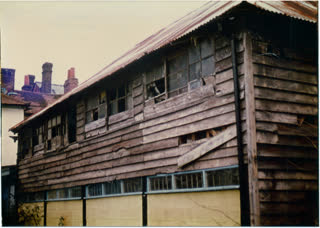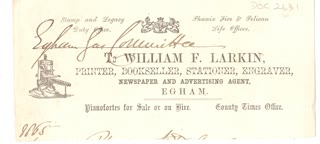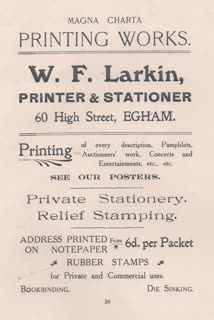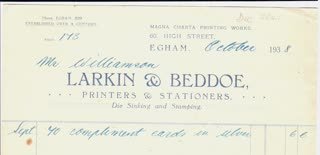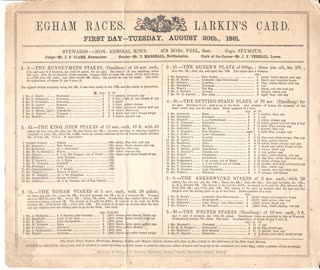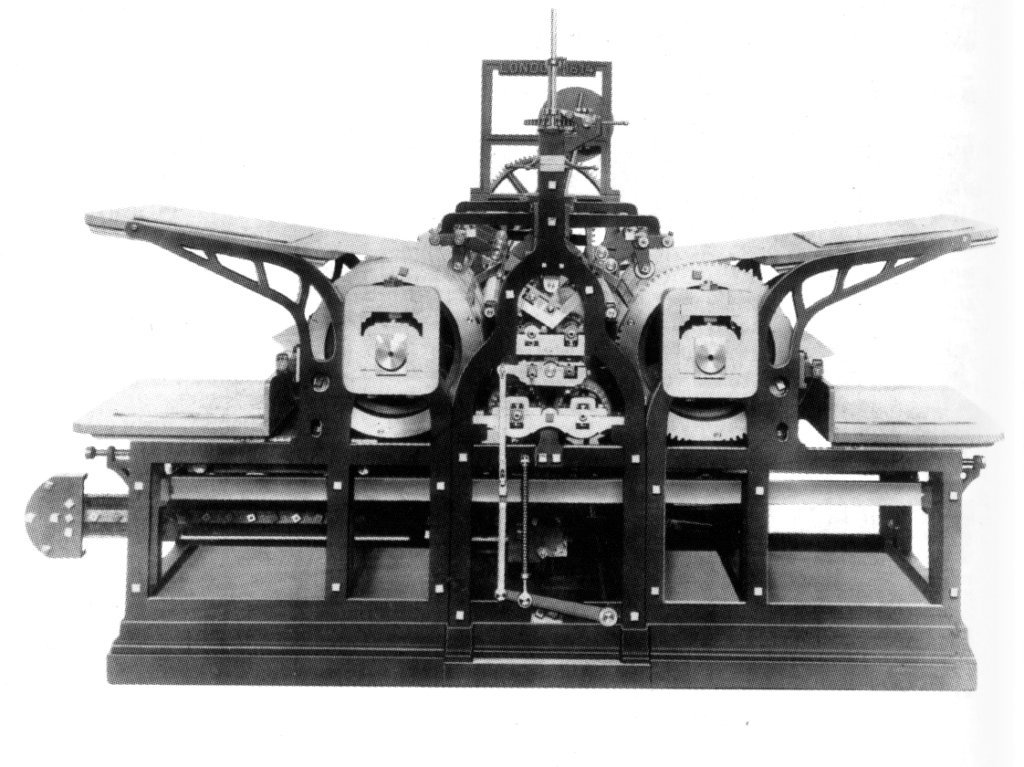Magna Charta Printing Works
These undated advertising flyers in the museum document collection indicate the range of services offered for over 100 years (approx. 1860-1962) at the Magna Charta Printing Works, 60 High Street Egham.
The print works was established in 1860 by brothers Richard and William Frederick Larkin[i].
No. 60 had had a long history as a printer’s and bookseller’s so it is possible that the Larkin brothers served out their apprenticeships here before that date.
In 1805 the Wetton family of printers and booksellers, who had premises in Chertsey, opened a subscribing library in the building that was later to become the Literary Institute. From approximately 1817 they owned No.60 from where they supplied newspapers to the Literary Institute Reading Room, until they were eventually supplanted by a cheaper supplier in Staines. In 1830 Charles Champion Wetton added a bank to his bookselling business. The businesses ran side by side until January 1851 when the bank moved to 53 High Street. Things went rapidly downhill for Charles Champion Wetton who committed suicide in April 1851. His brother George, who ran a bookselling business in Northampton, continued to lease out No 60 to a series of booksellers, printers and stationers. The Larkins may have been able to take over the printing machines with the lease.
By the mid-1860s Richard Larkin had moved to work elsewhere but William Frederick Larkin continued to run the press until shortly before he died in 1916. It passed to his son Frank Edward Larkin who took on a partner, Welshman Bertram Beddoe (who had moved from Pembrokeshire to Staines in 1905).
Magna Charta Printing Press obviously inspired loyalty in its staff: one employee Fred Hewitt was presented with a clock in 1935 to mark 50 years’ faithful service.
Bertram Beddoe continued the business after Frank’s death in 1937. When he in turn died in 1948, the business passed to his son Edward Valentine (listed in some sources as Valentine Edward!) and it carried on until approximately 1962, after which the shop was used as an insurance office.
Materials printed by the company included the Egham Parish Magazine 1873-1928 and various publications for the Egham Urban District Council, including some issues of the Egham Directory ( a local guide covering Egham, Englefield Green, Virginia Water and the Hythe) and the programme of official celebrations 6th-12th May, 1935 to mark the Silver Jubilee of King George V and Queen Mary 1910-1935. They also undertook smaller commissions from individuals and local businesses and groups such as the Primrose League. On their own account they published books of local interest, the regular Larkin’s Directory (a forerunner of the Egham Directory), and Larkin Cards – similar to a betting table, featuring details of the events featured in the annual Egham Races[ii] and quoting the stakes.

Egham Museum DOC 220, a colourful poster from 1900, describes Magna Charta as a steam printing works.
The steam-powered printing press was invented in the early 19th century and allowed an increase in the copies of a page which could be printed in a single day, compared to the earlier mechanical presses.
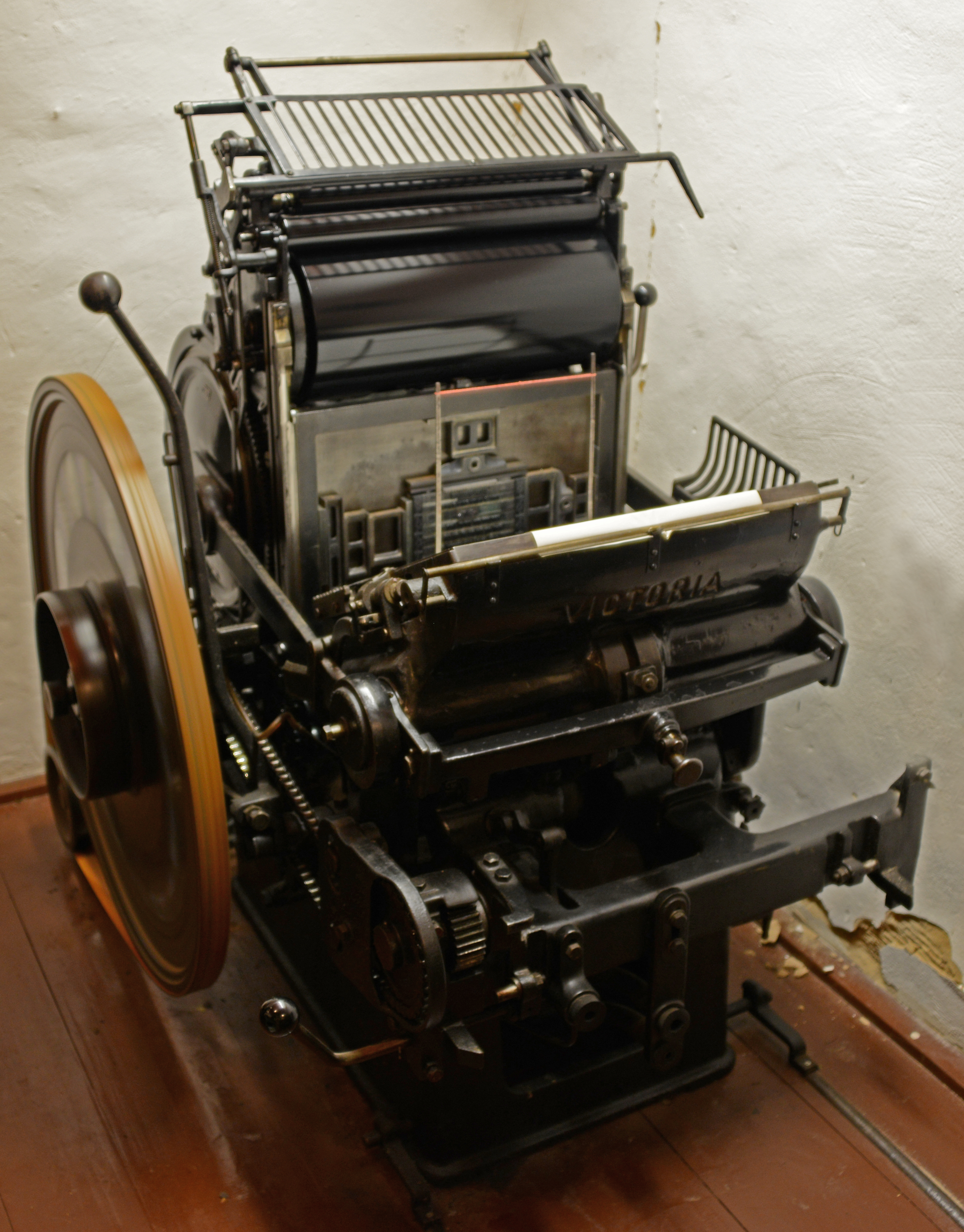
A smaller ‘jobbing press’, would have been used to produce billheads, letterheads, business cards, and envelopes. Before the invention of photocopies and computer printers, these offered a cost-effective duplicating solution.
The operation of these two different sorts of presses allowed the Magna Charta Printing company to offer such a wide and efficient range of services to business and personal customers but they don’t explain the pianos!

No. 60 is now part of Tesco.
Margaret C Stewart
[i] The life of William Frederick Larkin is explored at https://eghammuseum.org/just-williams-part-2-some-of-the-victorian-tradesmen-who-shaped-egham-high-street/
[ii] For information about Egham Races, held at Runnymede from 1734 -1884 see https://eghammuseum.org/egham-races/
[iii] The platen was a flat metal plate which applied pressure against the paper and bed of type.

